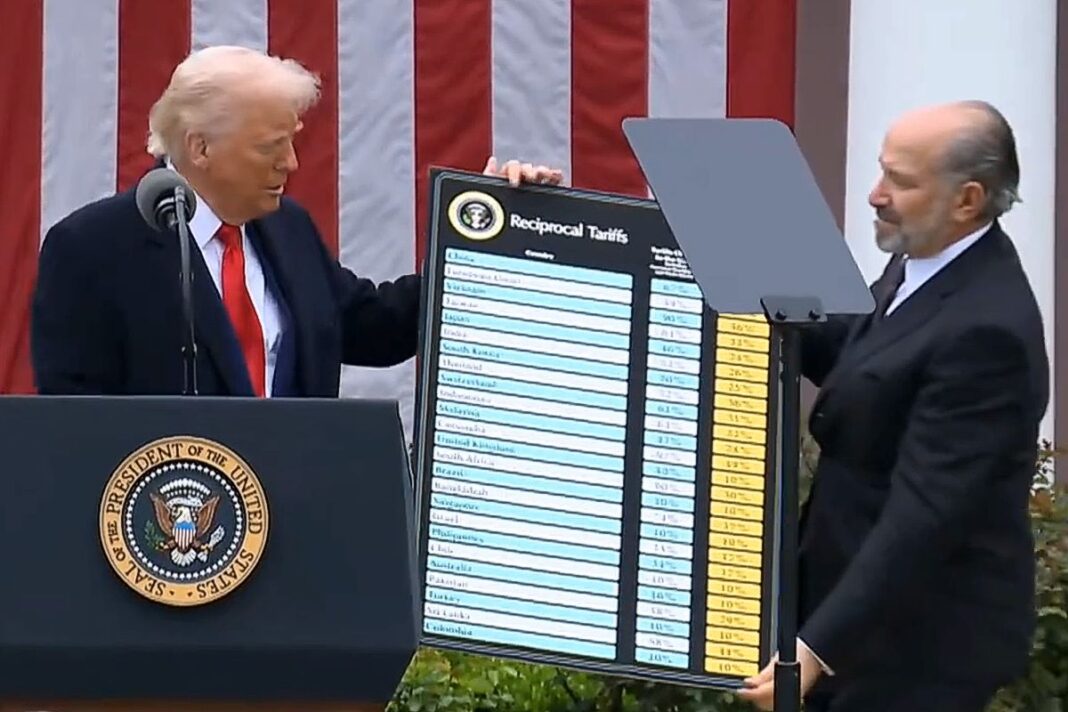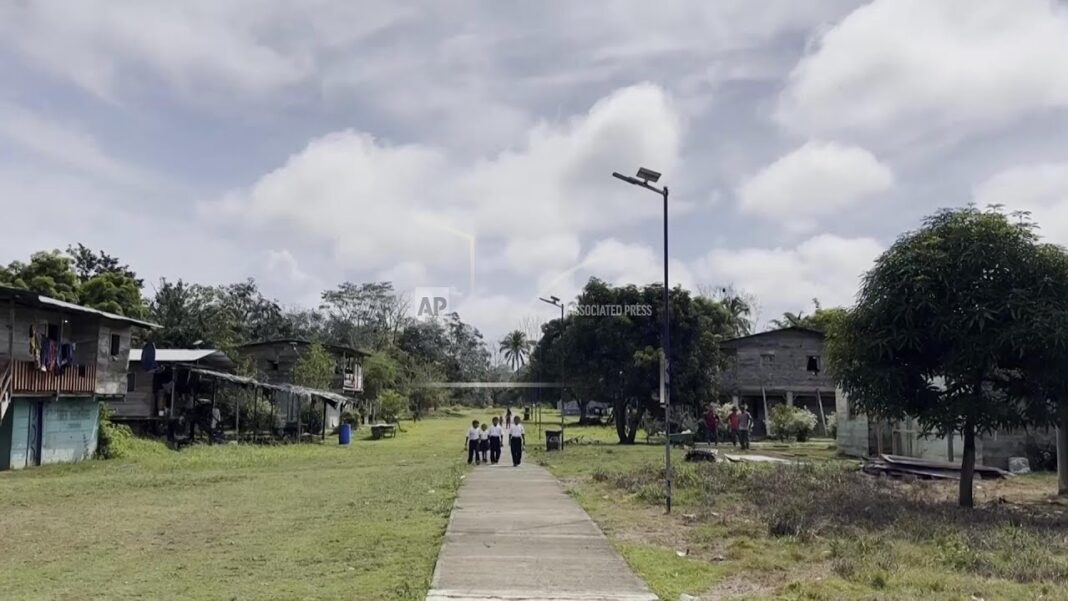The United States has finalized tariffs on more than 60 countries, which will take effect on Aug. 7.
Washington made good on its promise to enact higher tariffs on countries that did not negotiate a new trade deal with the United States by the Aug. 1 deadline.
On the evening of July 31, President Donald Trump signed an executive order imposing tariffs on imports from dozens of countries.
Those tariffs, which range from 10 percent to 41 percent, are scheduled to take effect on Aug. 7. The order covers 66 countries, the 27-member European Union, Taiwan, and the United Kingdom’s self-governing Falkland Islands.
On the same day, Trump signed an executive order raising tariffs on Canadian goods imported to the United States to 35 percent from the previous rate of 25 percent.
The order, which has a stated focus on stemming the flow of illegal drugs from Canada, will also add a 40 percent tariff on any goods found to be transshipped through Canada to avoid tariffs.
New Tariffs
The United States initially announced a new, broad tariff schedule touching nearly every country in the world in April.
However, most of those tariffs were soon rolled back to a so-called baseline of 10 percent with a White House ultimatum to make a new bilateral trade deal with the United States or face the high tariff rate.
After extending the original deadline to Aug. 1, the tariff rates are now set and will be enacted within a week of the order’s signing, according to the executive order.
In a statement, the White House said some countries have made a formal trade deal with the United States during this period or are “on the verge of agreeing to meaningful trade deals and security agreements, however, most countries initially targeted for what Washington considers unfair trade practices have not.”
The July 31 executive order set new rates ranging from 10 percent to 41 percent, depending on the country and the nature of imports.
This definitive action, the statement said, was taken because some countries did not make a satisfactory offer during the nearly four months since the initial tariff announcement, or they “have not negotiated at all.”
The baseline tariff, according to the executive order, for countries not specifically listed in the order is 10 percent, while specific countries face higher rates due to trade imbalances and other economic factors.
India is one of the notable exporters to the United States, facing new or adjusted tariffs. While the United States and India appeared to be close to making a deal in July, it never materialized.
Importers of Indian goods will pay a 25 percent tariff.
European nations that aren’t members of the European Union face tariffs as low as 15 percent and as high as 39 percent. Switzerland is facing a 39 tariff, while Serbia will pay a 35 percent tariff.
The White House imposed a 10 percent tariff on Brazilian goods on July 31 that brought the overall tariff rate on Brazilian goods to 50 percent.
On July 30, Trump signed an executive order imposing a 40 percent tariff rate on the South American country over its prosecution of former Brazilian President Jair Bolsonaro and other issues the White House considers to be “a threat to the economy of the United States.”
China was not among the nations receiving a new tariff rate.
The executive order said Washington is maintaining the terms of a May agreement between the United States and the Chinese communist regime that would allow both to negotiate a binding, bilateral trade deal.
Senior American officials met with leading Chinese officials at the end of July.








